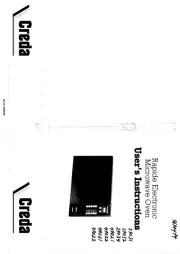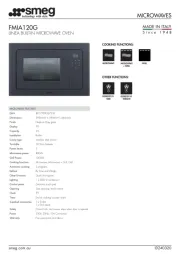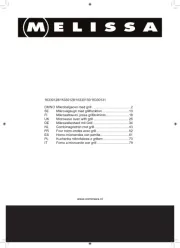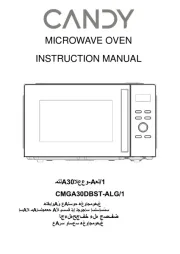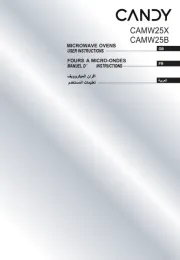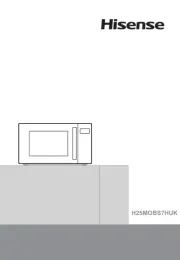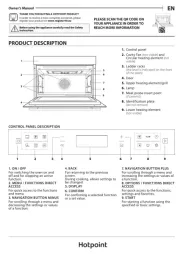Panasonic NN-A514 Manual
Læs gratis den danske manual til Panasonic NN-A514 (115 sider) i kategorien Magnetron. Denne vejledning er vurderet som hjælpsom af 32 personer og har en gennemsnitlig bedømmelse på 4.7 stjerner ud af 16.5 anmeldelser.
Har du et spørgsmål om Panasonic NN-A514, eller vil du spørge andre brugere om produktet?

Produkt Specifikationer
| Mærke: | Panasonic |
| Kategori: | Magnetron |
| Model: | NN-A514 |
Har du brug for hjælp?
Hvis du har brug for hjælp til Panasonic NN-A514 stil et spørgsmål nedenfor, og andre brugere vil svare dig
Magnetron Panasonic Manualer
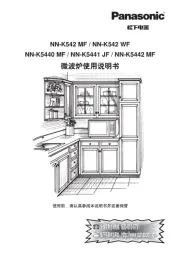

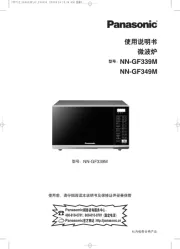
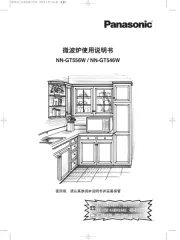

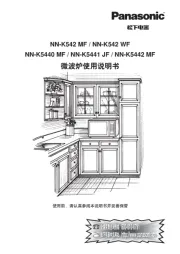
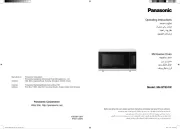
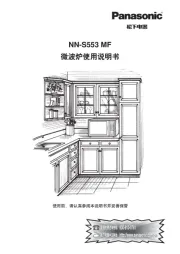
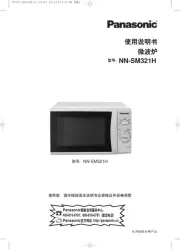
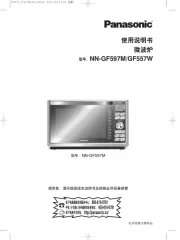
Magnetron Manualer
- Avanti
- Adora
- WhiteLine
- Nodor
- Novamatic
- Primo
- Schneider
- Goldstar
- Maytag
- SEB
- Miele
- Barazza
- Scholtès
- Nabo
- Constructa
Nyeste Magnetron Manualer
